Dinosaurs’ range of locomotion made them incredibly adaptable, University of Bristol researchers have found.
Tag: Dinosaurs
New species of Jurassic pterosaur discovered on the Isle of Skye
A new species of pterosaur from specimens found on the Isle of Skye, Scotland, has been announced by scientists from the Natural History Museum, University of Bristol, University of Leicester, and University of Liverpool.
Ancient sea monster remains reveal oldest mega-predatory pliosaur
The fossils of a 170-million-year-old ancient marine reptile from the Age of Dinosaurs have been identified as the oldest-known mega-predatory pliosaur – a group of ocean-dwelling reptiles closely related to the famous long-necked plesiosaurs. The findings are rare and add new knowledge to the evolution of plesiosaurs. The study has been published in the journal Scientific Reports.
Dinosaur feathers reveal traces of ancient proteins
Palaeontologists at University College Cork (UCC) in Ireland have discovered X-ray evidence of proteins in fossil feathers that sheds new light on feather evolution.
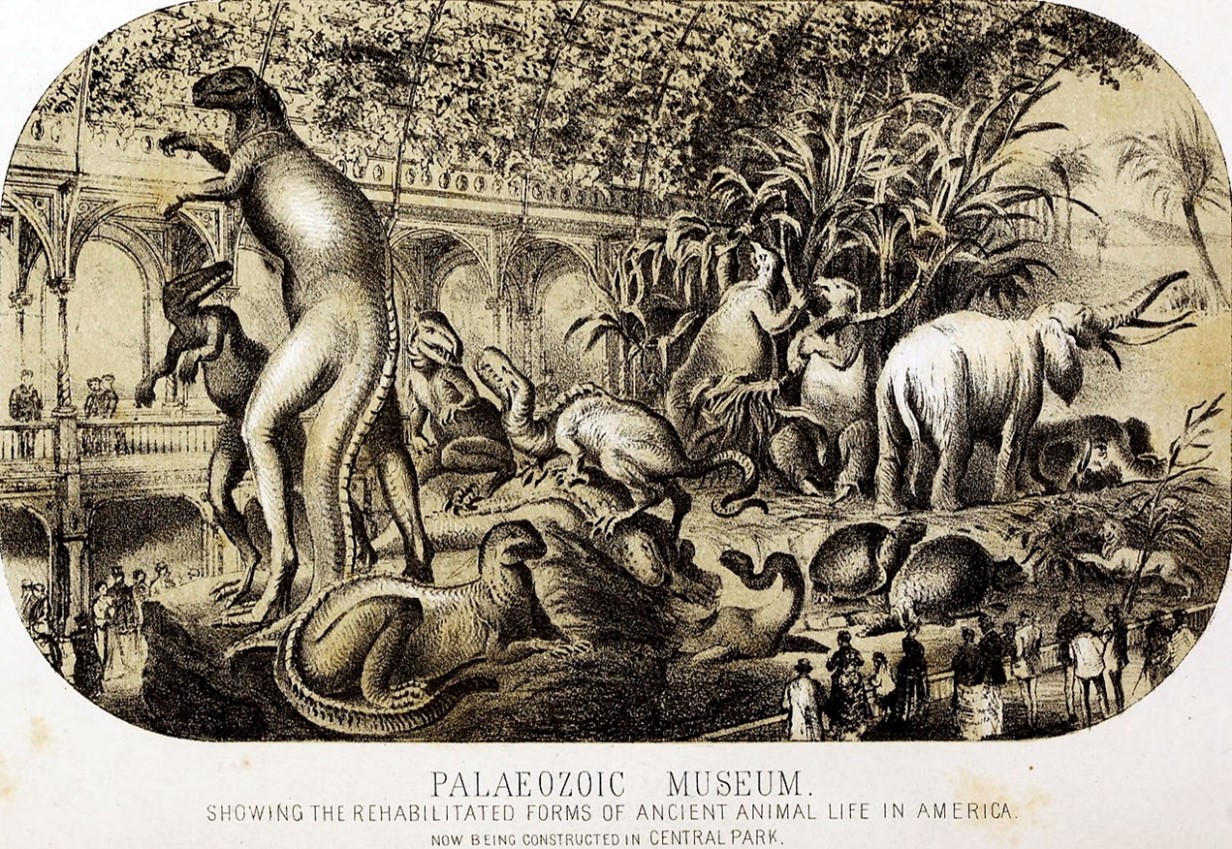
Culprit behind destruction of New York’s first dinosaur museum revealed
A new paper from the University of Bristol rewrites the history of the darkest, most bizarre event in the history of palaeontology.
New Fossil Analysis Reveals Dinosaur with Record-Holding 15-Meter-Long Neck
An international scientific team led by Stony Brook University paleontologist Andrew J. Moore, PhD, has revealed that a Late Jurassic Chinese sauropod known as Mamenchisaurus sinocanadorum sported a 15-meter-long neck. The details will be published in the Journal of Systematic Palaeontology and provide fresh insights on the evolution of the iconic sauropod body.
Fossil CSI: Analysis of giant extinct marine reptile graveyard suggests mysterious site was ancient birthing grounds
Marine giants make migrations across the ocean to give birth where predators are scarce, congregating annually along the same stretches of coastline. A study suggests that 200 million years before whales evolved, school bus-sized marine reptiles called ichthyosaurs may have made similar migrations.
Scientists discover what was on the menu of the first dinosaurs
The earliest dinosaurs included carnivorous, omnivorous and herbivorous species, according to a team of University of Bristol palaeobiologists.
Prehistoric predator? Artificial intelligence says no
Artificial intelligence has revealed that prehistoric footprints thought to be made by a vicious dinosaur predator were in fact from a timid herbivore.
The speed at which spinosaurid dinosaur teeth were replaced accounts for their overabundance in Cretaceous sites
This has been confirmed in the article ‘New contributions to the skull anatomy of spinosaurid theropods: Baryonychinae maxilla from the Early Cretaceous of Igea (La Rioja, Spain)’ published in the journal Historical Biology by Iker Isasmendi (lead author) and Xavier Pereda of the UPV/EHU-University of the Basque Country, Pablo Navarro of the UR-University of La Rioja, Angélica Torices, director of the Chair of Palaeontology at the UR, plus other experts of the Complutense University of Madrid and the Palaeontological Visitors’ Centre of La Rioja.
Cold Temperatures Paved the Way for T. Rex
About 201 million years ago, volcanic eruptions covered an area roughly the size of South America in lava as Pangaea started to split. The Earth was changed. In the years that followed, 40% of all four-legged land animals were wiped out in the End Triassic Extinction (ETE). The exact cause was unknown. However, researchers recently discovered that atmospheric changes as a result of the eruptions caused freezing temperatures at high latitudes. The land animals that survived had feathers or hair as insulation: large dinosaurs.
Dinosaurs Took Over Amid Ice, Not Warmth, Says a New Study of Ancient Mass Extinction
Many of us know the conventional theory of how the dinosaurs died 66 million years ago: in Earth’s fiery collision with a meteorite, and a following global winter as dust and debris choked the atmosphere.
Hot-blooded T. rex and cold-blooded Stegosaurus: chemical clues reveal dinosaur metabolisms
For decades, paleontologists have debated whether dinosaurs were warm-blooded, like modern mammals and birds, or cold-blooded, like modern reptiles.
Uncovering the secrets behind Earth’s first major mass extinction
We all know that the dinosaurs died in a mass extinction. But did you know that there were other mass extinctions?
Organic molecule remnants found in nuclei of ancient dinosaur cells
A team of scientists from the Institute of Vertebrate Paleontology and Paleoanthropology (IVPP) of the Chinese Academy of Sciences and from the Shandong Tianyu Museum of Nature (STM) has isolated exquisitely preserved cartilage cells in a 125-million-year-old dinosaur from Northeast China that contain nuclei with remnants of organic molecules and chromatin.
The giant jurassic dinosaur Allosaurus was a scavenger, not a predator
In a paper published August 23, authors Cameron Pahl and Luis Ruedas, of Portland State University, show that Allosaurus, a large carnivorous dinosaur from the Jurassic that has long been thought to be a top predator, could probably have acquired most of its calories by scavenging on the carcasses of enormous sauropod herbivores that lived alongside it.
T. rex’s jaw had sensors to make it an even more fearsome predator, new digital study finds
Tyrannosaurus rex was not just a huge beast with a big bite, it had nerve sensors in the very tips of its jaw enabling it to better detect – and eat – its prey, a new study published in the peer-reviewed journal Historical Biology today finds.
Researchers Find a ‘Fearsome Dragon’ That Soared Over Outback Queensland
Australia’s largest flying reptile has been uncovered, a pterosaur with an estimated seven-metre wingspan that soared like a dragon above the ancient, vast inland sea once covering much of outback Queensland.
New fossil sheds light on the evolution of how dinosaurs breathed
Using a well-preserved Heterodontosaurus skeleton and high-powered x-rays, an international team of researchers has discovered that not all dinosaurs breathed in the same way. The findings give scientists more insight into how a major group of dinosaurs, including well-known creatures like the triceratops and stegosaurus, evolved.
Sharp size reduction in dinosaurs that changed diet to termites
Dinosaurs were generally huge, but a new study of the unusual alvarezsaurs show that they reduced in size about 100 million years ago when they became specialised ant-eaters.

Younger Tyrannosaurus Rex bites were less ferocious than their adult counterparts
By closely examining the jaw mechanics of juvenile and adult tyrannosaurids, some of the fiercest dinosaurs to inhabit earth, scientists led by the University of Bristol have uncovered differences in how they bit into their prey.
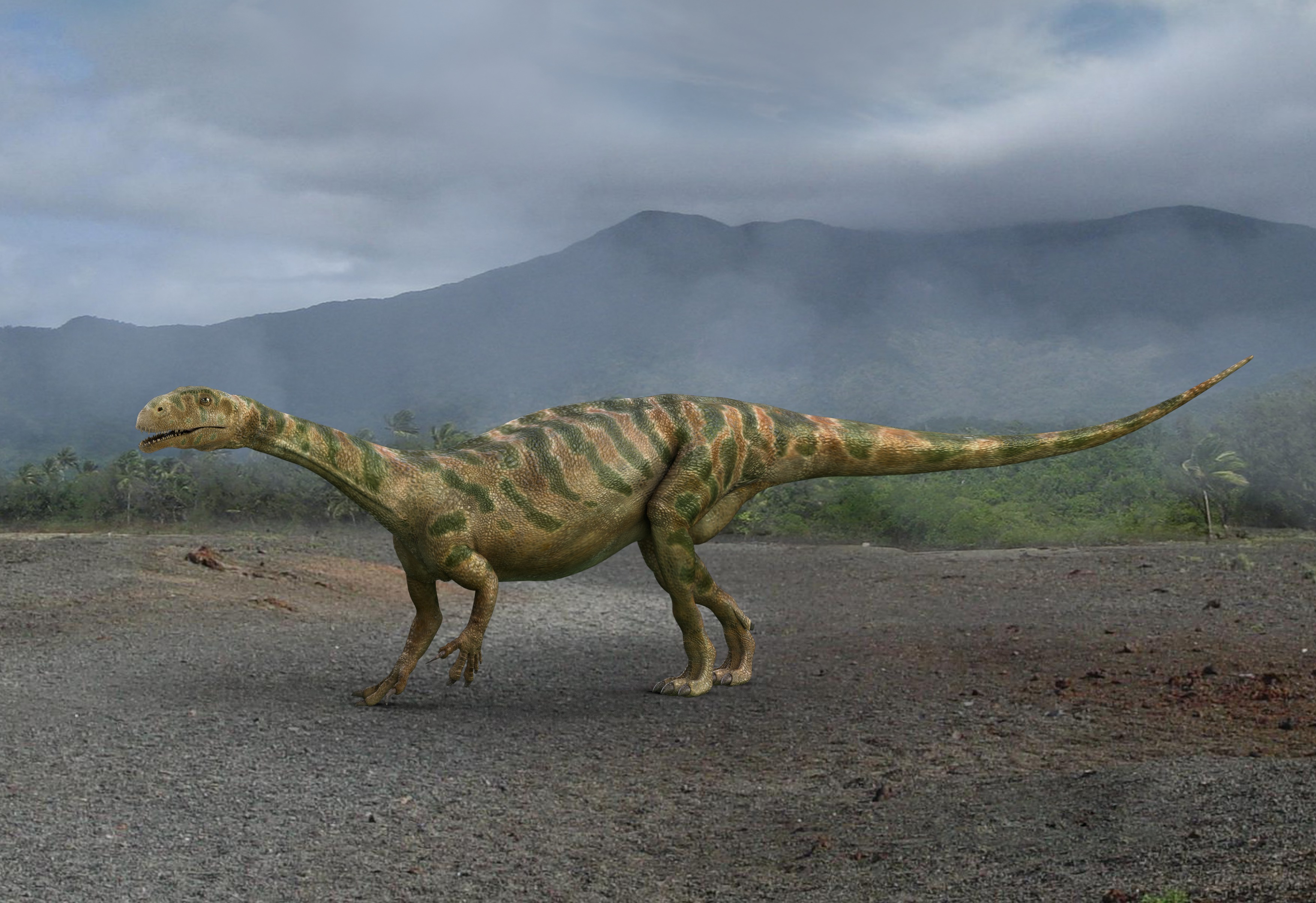
Pioneering prehistoric landscape reconstruction reveals early dinosaurs lived on tropical islands
A new study using leading edge technology has shed surprising light on the ancient habitat where some of the first dinosaurs roamed in the UK around 200 million years ago.
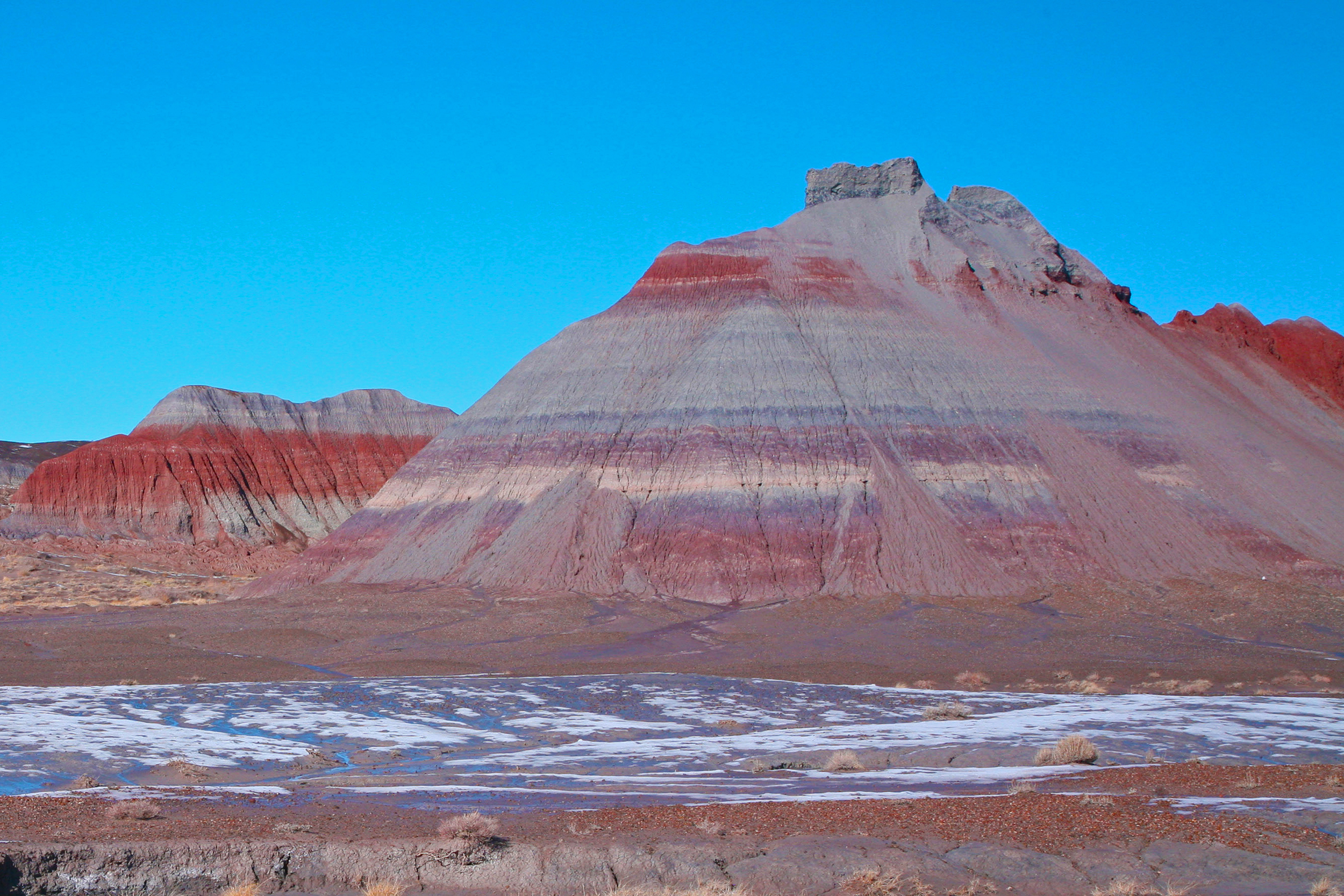
How Rocks Rusted on Earth and Turned Red
How did rocks rust on Earth and turn red? A Rutgers-led study has shed new light on the important phenomenon and will help address questions about the Late Triassic climate more than 200 million years ago, when greenhouse gas levels were high enough to be a model for what our planet may be like in the future.
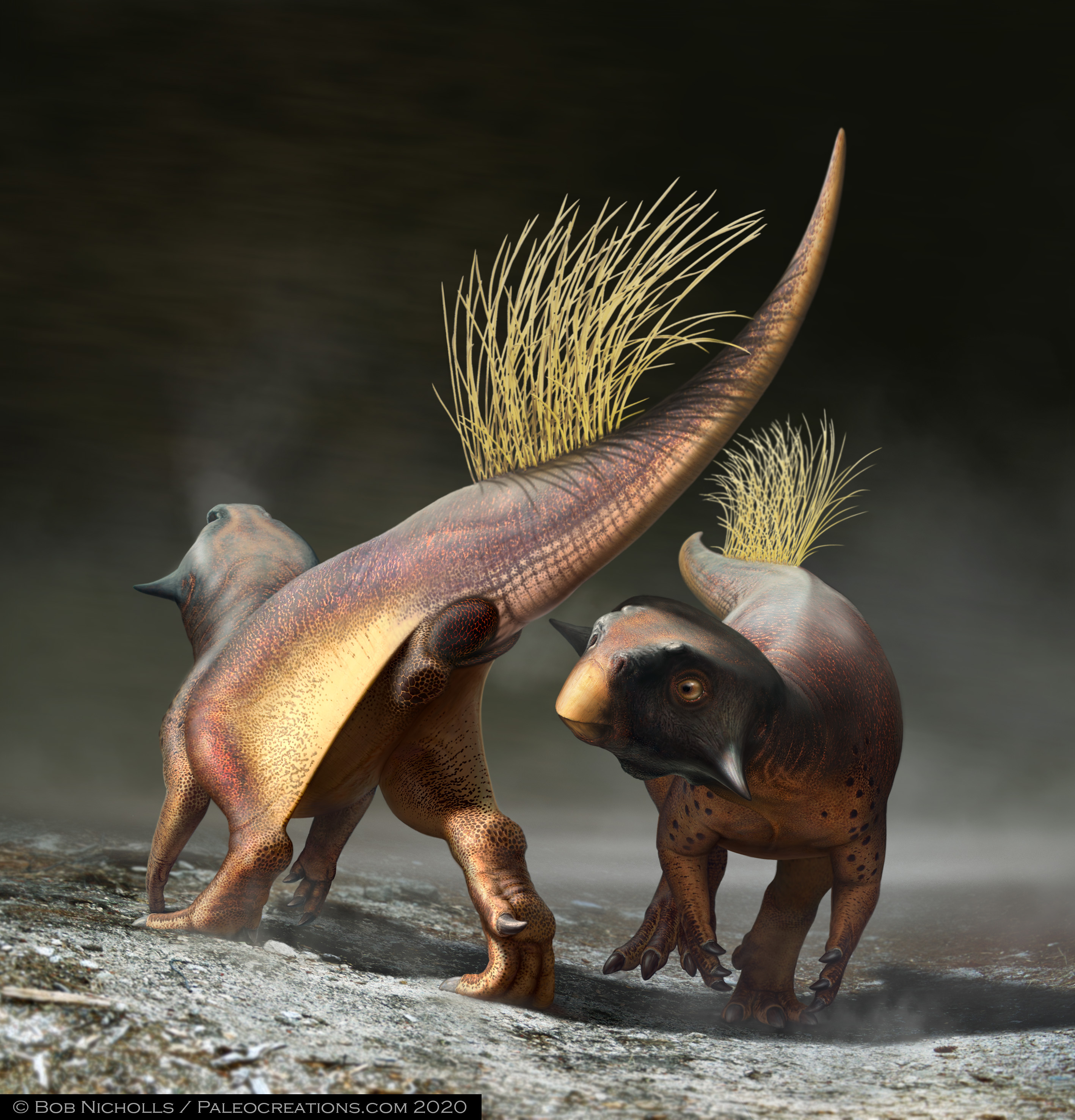
All-purpose dinosaur opening reconstructed for first time
For the first time ever, a team of scientists, led by the University of Bristol, have described in detail a dinosaur’s cloacal or vent – the all-purpose opening used for defecation, urination and breeding.
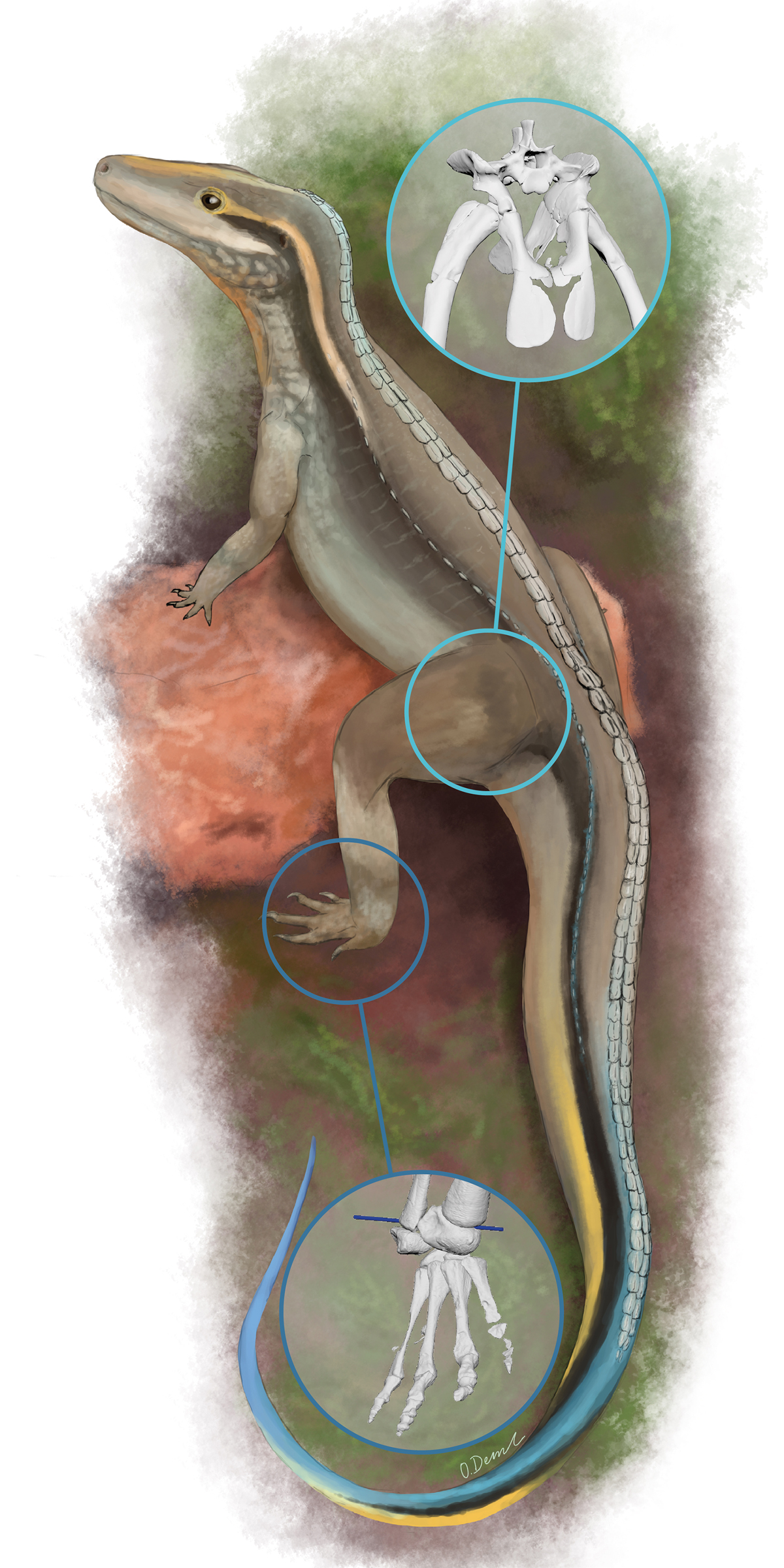
Computational study of a famous fossil offers insight into the evolution of locomotion in “ruling reptiles”
Scientists from the University of Bristol and the Royal Veterinary College (RVC) used three-dimensional computer modelling to investigate the hindlimb of Euparkeria capensis–a small reptile that lived in the Triassic Period 245 million years ago–and inferred that it had a “mosaic” of functions in locomotion.
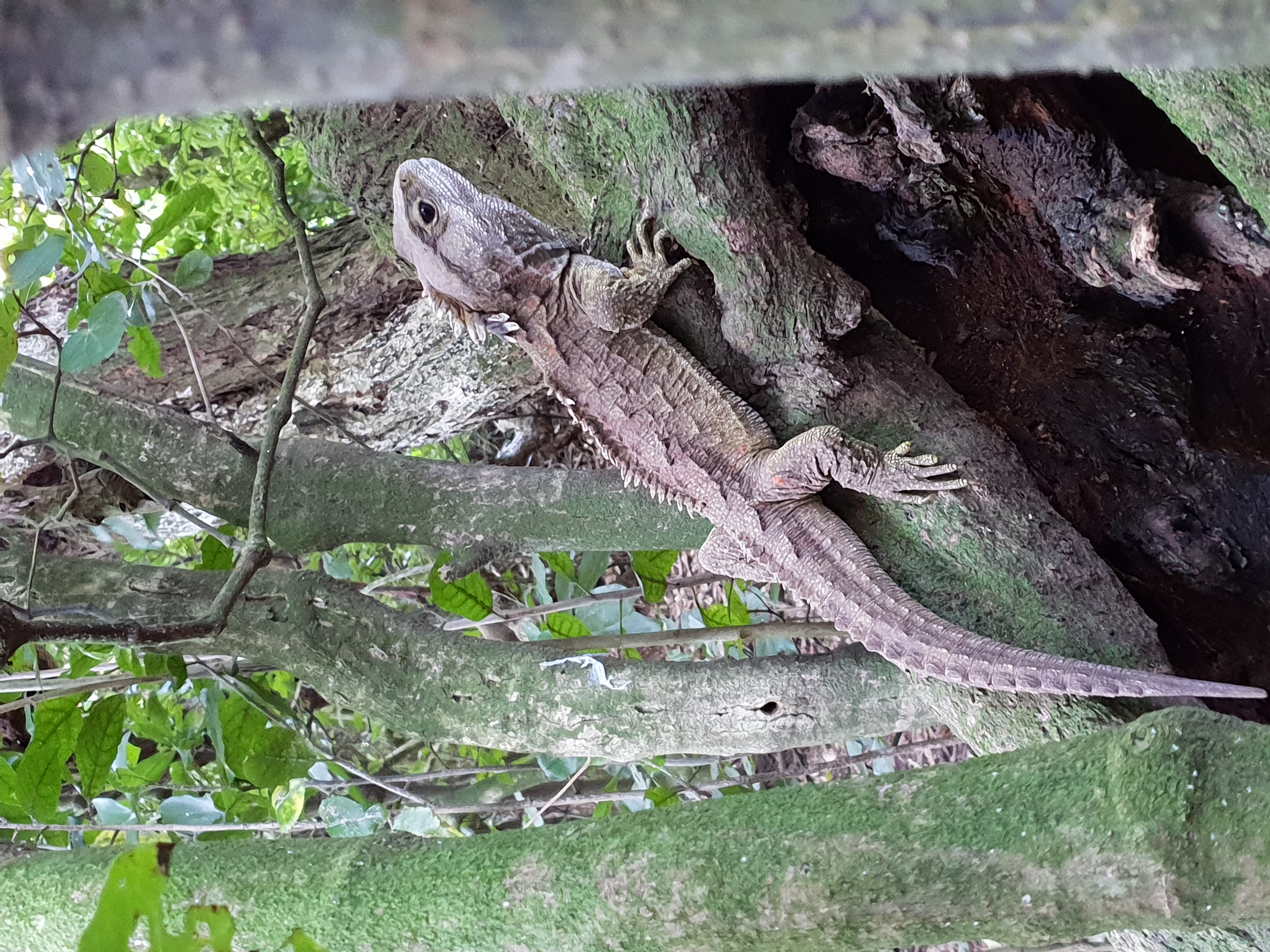
Dinosaur relative’s genome linked to mammals
Scientists from the University of Adelaide and South Australian Museum have collaborated with Otago University, New Zealand and a global team to sequence the genome of the tuatara – a rare reptile whose ancestors once roamed the earth with dinosaurs.
Fossil jawbone from Alaska is a rare case of a juvenile Arctic dromaeosaurid dinosaur
A small piece of fossil jawbone from Alaska represents a rare example of juvenile dromaeosaurid dinosaur remains from the Arctic, according to a study published July 8, 2020 in the open-access journal PLOS ONE by Alfio Alessandro Chiarenza of the Imperial College London, UK, and co-authors Anthony R. Fiorillo, Ronald S. Tykoski, Paul J. McCarthy, Peter P. Flaig, and Dori L. Contreras.
In stressed ecosystems Jurassic dinosaurs turned to scavenging, maybe even cannibalism
Among dinosaurs of ancient Colorado, scavenging and possibly cannibalism were responses to a resource-scarce environment, according to a study published May 27, 2020 in the open-access journal PLOS ONE by Stephanie Drumheller of the University of Tennessee, Knoxville, and colleagues.
T. rex was a champion walker, super-efficient at lower speeds
While smaller dinosaurs needed speed, huge predators like T. rex were optimized for energy-efficient walking, according to a study published May 13, 2020 in the open-access journal PLOS ONE by Alexander Dececchi of Mount Marty College, South Dakota and colleagues.
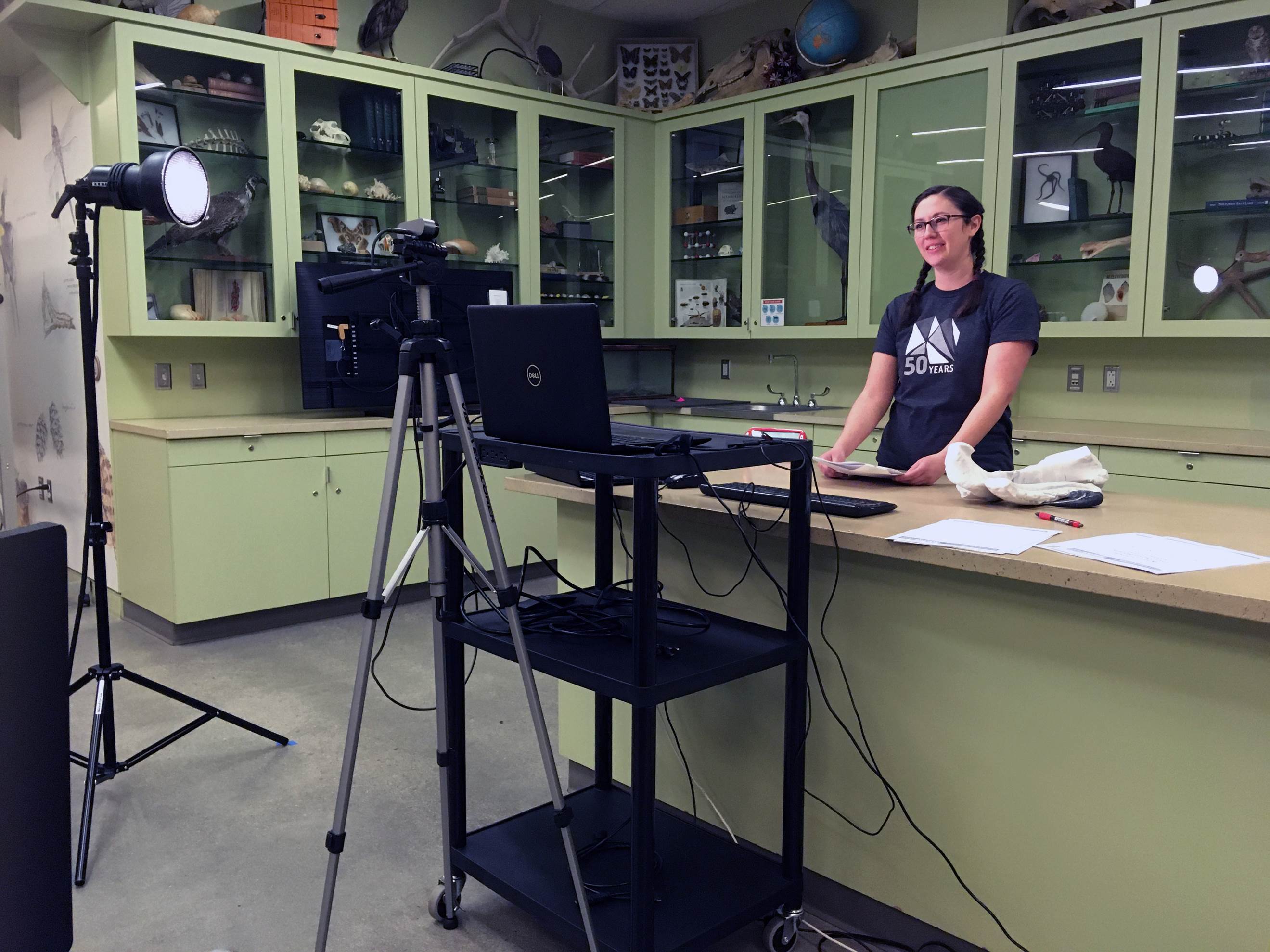
NHMU helps students impacted by school closures with Research Quest Live
The Natural History Museum of Utah is now offering an interactive version of its award-winning free online education program, Research Quest, to students throughout Utah and the country. Research Quest Live allows for students to have live sessions with professional educators from the museum while schools are closed.

Dinosaur stomping ground in Scotland reveals thriving Middle Jurassic ecosystem
During the Middle Jurassic Period, the Isle of Skye in Scotland was home to a thriving community of dinosaurs that stomped across the ancient coastline, according to a study published March 11, 2020 in the open-access journal PLOS ONE by Paige dePolo and Stephen Brusatte of the University of Edinburgh, Scotland and colleagues.
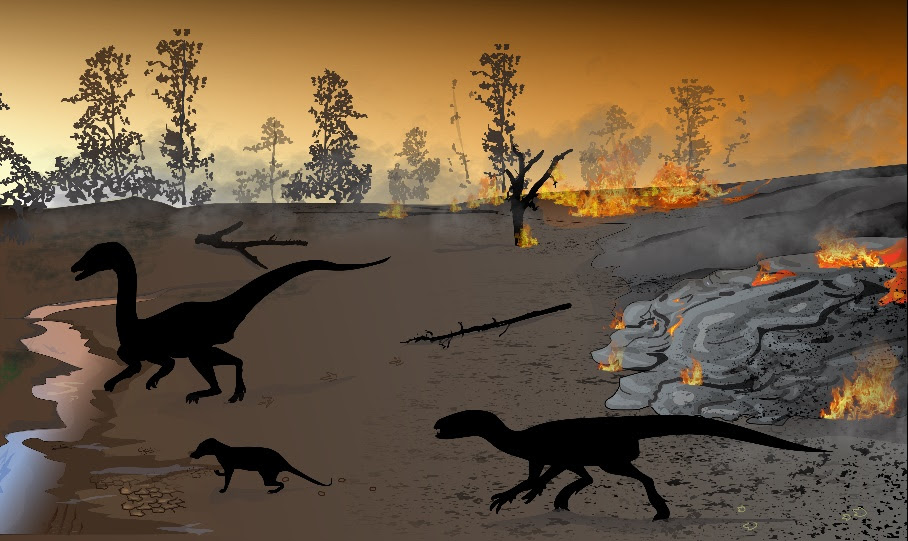
The “firewalkers” of Karoo: dinosaurs and other animals left tracks in a “land of fire”
Several groups of reptiles persisted in Jurassic Africa even as volcanism ruined their habitat
Rutgers Geology Museum Hosts Open House
Presentations on natural disasters such as earthquakes, volcanoes and their impacts will be held in Scott Hall and are open to the public at the Rutgers Geology Museum’s 52nd Annual Open House. There will also be hands-on activity sessions for kids, a mineral sale and rock and mineral identification in Scott Hall, and make-and-take stations in the Rutgers Geology Museum. Field Station Dinosaurs will bring its baby Hadrosaurus puppet and will also offer hands-on activities for visitors. All events are free and no preregistration is required.
‘Ghost’ footprints from Pleistocene era revealed by radar tech
Invisible footprints hiding since the end of the last ice age – and what lies beneath them – have been discovered by Cornell University researchers using a special type of radar in a novel way.